-
Posts
3,905 -
Joined
-
Last visited
-
Days Won
34
Content Type
Profiles
Forums
Downloads
Gallery
Posts posted by Jim Kring
-
-
This would be a good item for a LabVIEW Trivia forum. :-)
-
Not exatly sure as it is a long time ago when I investigated scripting. But if my memory serves right you will have to walk through the rather large LabVIEW object hierarchy to get to the wire in question and then using a Method (or was it a Property) node you can set the breakpoint on that wire. As to how to walk the object hierarchy of a VI, there have been several examples here on Lava but it is a pain indeed. The problem is, I can not see another possibility to implement this object model in a way that would be much easier to walk and understand without loosing tons and tons of possibilities.
Personally I think this is the main reason NI has not decided to make this feature available to outside people since they can envision a load of support requests if that feature gets made public.
Rolf Kalbermatter
In LabVIEW 8.0 there is an object traversal routine here:
vi.lib\Utility\traverseref.llb\TRef Traverse for References.vi
-
The poll is now closed. Thank you to all who voted and for your feedback.
The winners:
Functional Globals
Uninitialized Shift Register (USR) Globals
:thumbup:
-
The poll is now closed. Thank you to all who voted and for your feedback.
-
I'm wondering what version of LabVIEW most people are using for new projects -- not existing projects, but ones started from scratch.
-
-
-
It had to happen eventually (by definition
 ) - for those unaware of Godwin's law click here
) - for those unaware of Godwin's law click hereAlso, by definition, that means that this topic is now closed :laugh:
This topic is now closed. Sorry, alpha, you lose.
-
You will probably need to use Scripting in order to access these features.
-
-
you can set the keyboard shortcuts in LabVIEW 8 in the "Options" Dialog
Yes, this is a very nice feature. However, I don't think that it will solve either of the problems mentioned above.
-
I have talked to developers within NI, to see if there is some hidden way to do this, and the answer I recieved is that it is not currently possible. However, it is a great idea.
-
Hi,
I wish to know, how easy is it to configure and program the Aerotech motion controllers using labview. I've been using NI, PCI-7344 motion controller. Its very easy to configure using MAX and also easily programmable using the simple to understand VIs provided by NI. What do you suggest about aerotech? Also, do the LabVIEW VIs for Aerotech come with the package or should I have to purchase it seperately. How abt. the cost of the controller?
Regards,
Giridhar Rajan
Automation Engineer,Design
Cruiser Controls
Giridhar: I guess that this is a good time to give an update on Aerotech. I have been using one of their stages recently, and the LabVIEW drivers and examples have been greatly improved. They still don't meet my very rigorous requirements for what I would call good software, but their stuff is useable. I did have to fix a few bugs in their code, but that is often the case with instrument drivers. As far as cost is concerned, you should talk to an Aerotech sales rep or visit their website. It is my assumption, but I could be wrong, that the LabVIEW drivers do not cost extra.
-
Be fair to Irene, Rolf. According to her, the license for her toolkit is $20. That's significantly cheaper than IMAQ and in terms of LV toolkits almost free.
Be fair to Rolf, yen. The IVision runtime license is $20, but the developer license is $850.

-
-
4096/256=16 That isn't an answer but it might be something to do with the OS support. I wonder if this is the same limitation in LV8.
Log2 4096 = 12
-
One option, is to install TortoiseSVN with the "Visual Studio .NET hack" (this is an option available during installation). This will cause the ".svn" folders to be named "_svn". LabVIEW will ignore all files and folders, beneath user.lib, that begin with an underscore.
-
I don't know if anyone else has discovered this already, but it's pretty cool...
How to create a system (dialog) cluster control
Summary: we will be replacing the cluster frame with a System (Dialog) Recessed Frame, using the control editor .
Steps:
1) Place a System (Dialog) Recessed Frame on the front panel. Select it and then Edit>>Copy (<ctrl>+C) it to the clipboard.
2) Place a cluster shell onto the front panel. Select it and then Edit>>Customize Control to open it in the Control Editor dialog
3) Change from Customize Mode to Edit Mode, by pressing the small "wrench" button.
4) Right-click on the cluster frame and select Import at Same Size from the pop up menu.
5) For added style..
5.A) make the cluster background transparent so that you can see system color of the front panel
5.B) move the cluster's label so that it hovers over the frame, and
5.C) color the label so that it has a system color background with a transparent foreground (to hide the shadow).
voil
-
Yes, a null string meaning the zero-length string constant (shown as a little square quote) located on the palette.
I have all types of cluster, usually just different data, and usually not including a string where length information is stored with the data
The fact that Unflatten From String returns an error when you try to unflatten an empty string into a cluster is good -- this is a feature. If you use Flatten To String to flatten an "empty" cluster, you will not get an empty string (since even a cluster with default/null vales still has data). If you want a different behavior, then test for an empty string and then pass an empty cluster out.
Also, the term "null", used in the context of string data, usually refers to the character whos decimal value is 0. This will appear as \00, in slash code mode. You will find that if you flatten an "empty" cluster, you will get a lot of null characters in your string data.
Cheers,
-
First of all, if you are using TortoiseSVN, you don't need metadiff -- TortoiseSVN, can be configured on a per file extention (type) basis, as shown in the following image:
Secondly, I don't think that that you can compare two VIs with the same name, using lvdiff -- LabVIEW has a problem with loading two VIs into memory, with the same name. You should try using the Tools>>Compare>>Compare VI Hierarchies tool -- this can handle comparing two VIs with the same name.
-
That is the meaning of G&S :laugh:
Gordon & Smith (G&S) is a surfboard, skateboard, and clothing company that was founded in San Diego (America's Finest City) where I spent my childhood (did I every really grow up?). They had a factory outlet, where I would find great bargains on skateboards (like the one in the photo) and school clothes... ah, happy memories.

-
-
CTRL A and CTRL D don't work anymore in LV8. I was really bummed when I discovered this. :thumbdown:
George
LabVIEW 8.0 allows you to (re)assign keys of any menu items. :thumbup:
-
You cannot invoke the Run method on a VI that is reserved for exection. So, if you want to do this you will need to set the resvForCall argument of the GetVIReference method to FALSE. However, using the Call methods does require that the VI be reserved for execution -- this is an important distinction.





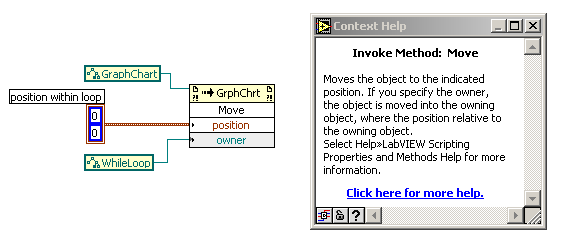

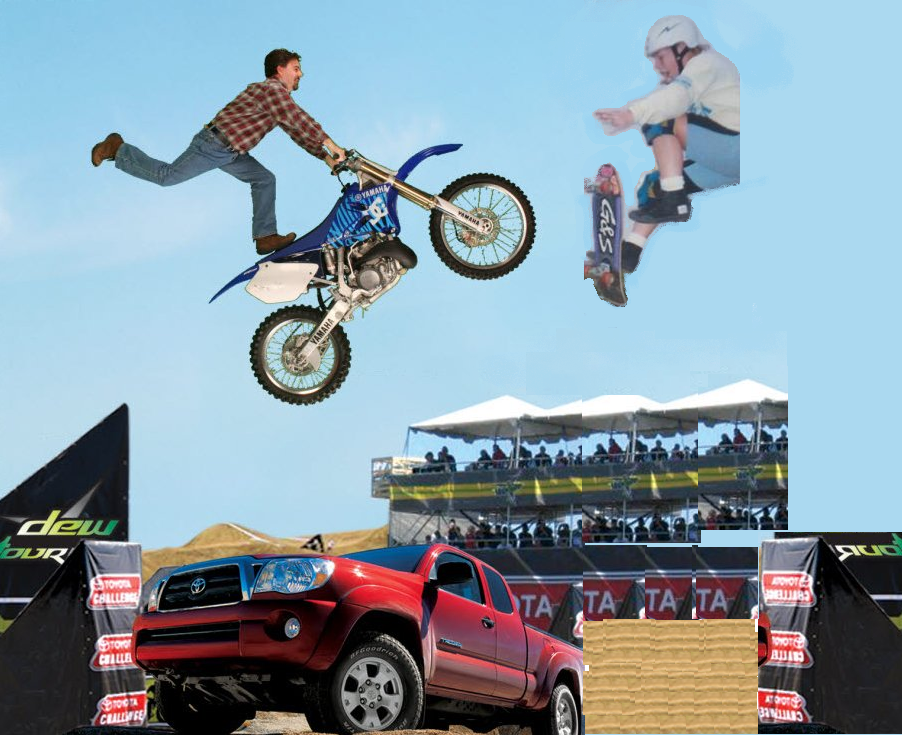
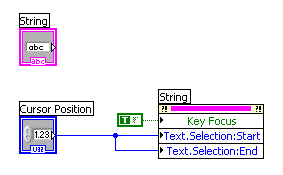



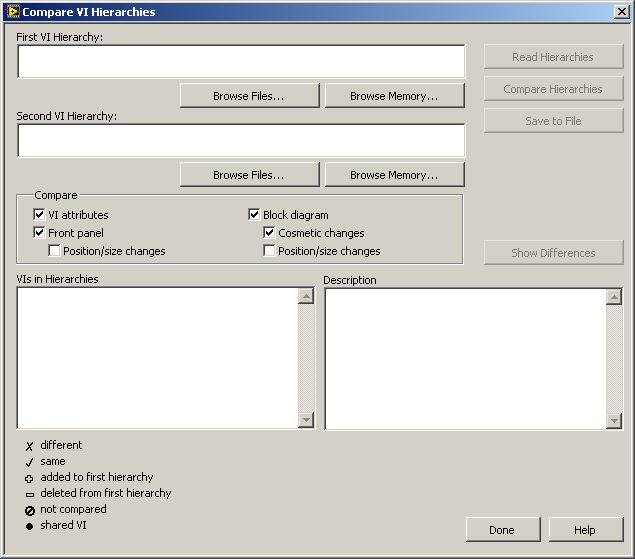
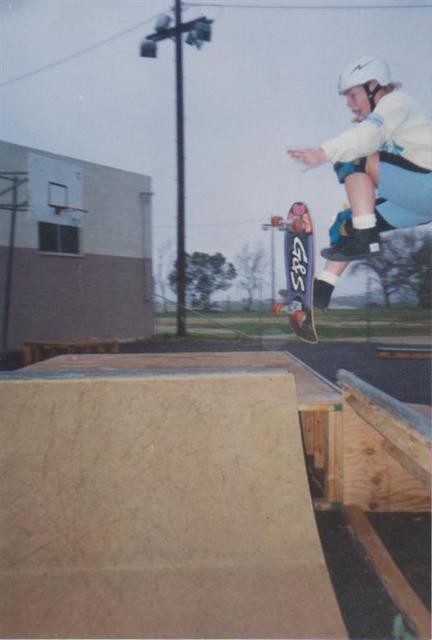
move control into diagram
in VI Scripting
Posted
VI Scripting - Readme First